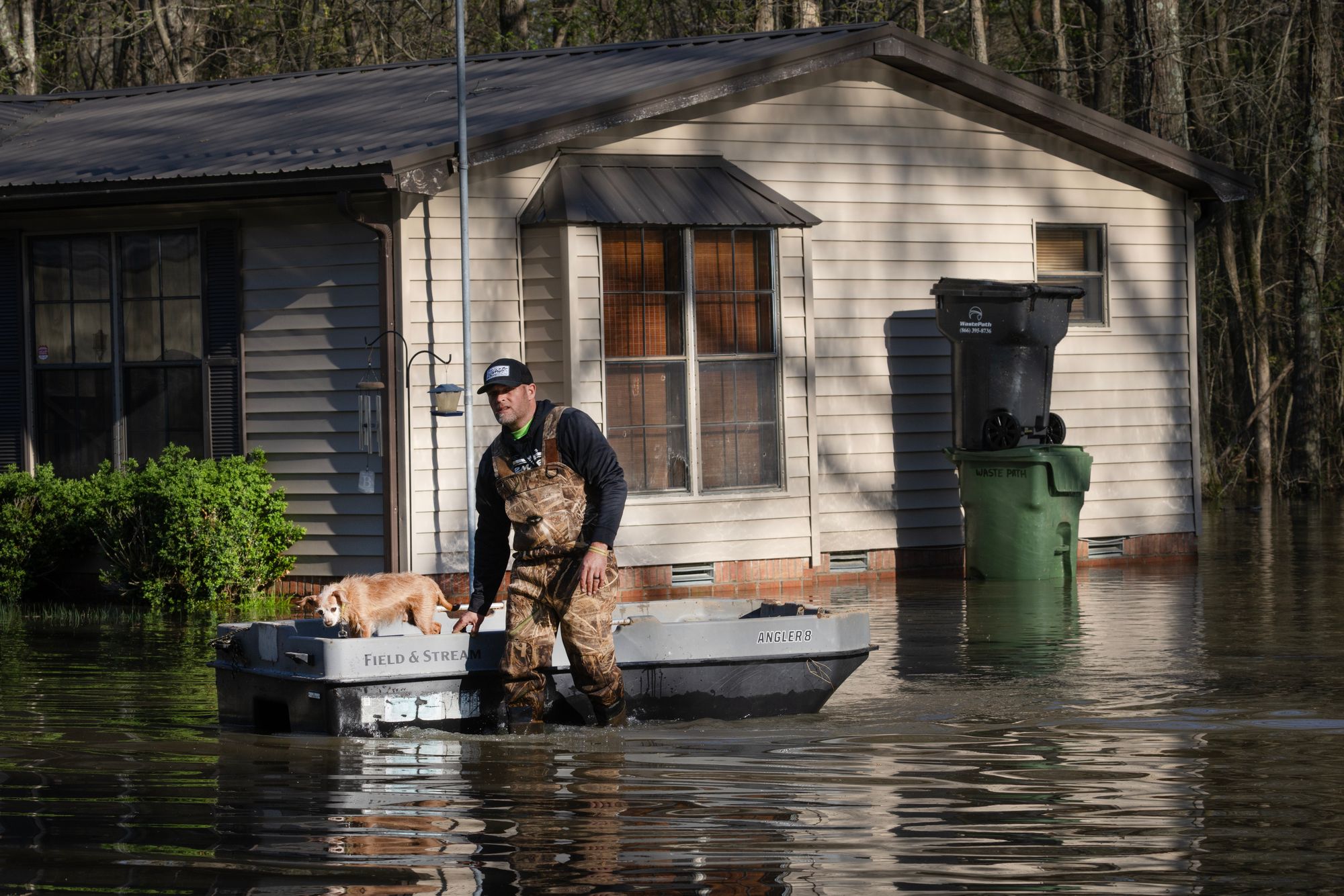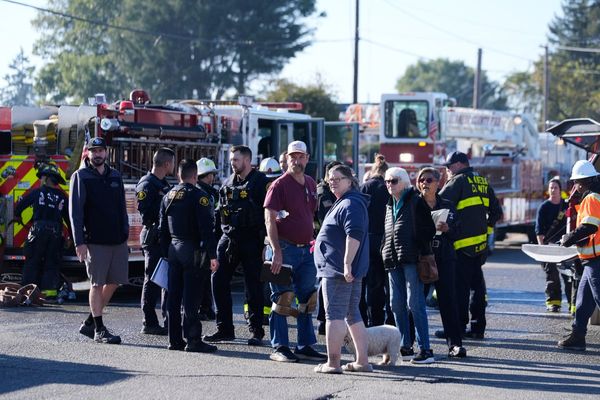The financial toll of weather and climate disasters in the United States broke all records in the first half of 2025.
There were 14 separate, weather-related disasters with at least $1 billion damages between January and June, including the southern California wildfires which cost $60 billion and destroyed entire neighborhoods.
The fires were the costliest wildfire disaster ever and the most expensive U.S. disaster of the year so far. Other $1 billion events included deadly tornado outbreaks throughout the central U.S. and storms in Texas that produced grapefruit-sized hail.
In all, the disasters led to 174 deaths and totaled $101 billion in damages - or about as much as New York City’s budget in 2022.
The dataset does not include the devastating Texas hill country flooding in July which killed 135 people including 27 young girls at a Christian summer camp.
The tracker comes from Climate Central, a nonprofit that compiles climate data. Its purpose is to provide critical information that is used by the insurance industry and researchers to plan for potential future damages.
For nearly 40 years this tracking was carried out by the federal government’s National Oceanic and Atmospheric Administration before being discontinued under President Donald Trump earlier this year.
“This dataset was simply too important to stop being updated,” Adam Smith, senior climate impacts scientist at Climate Central, told The Independent.
“The billion-dollar disaster analysis is vital in demonstrating the economic impact of extreme weather and climate events, and in helping communicate the real-world consequences of climate change to communities, policymakers, and the public,” he said.
The U.S. experienced on average of three billion-dollar disasters each year in the 1980s. There is now around 20 each year - and no state has been spared from at least one-billion dollar disaster.

NOAA reported 27 billion-dollar weather and climate disaster events in 2024, with 568 deaths and a total cost of $182.7 billion.
Since data started being collected 45 years ago, the U.S. has had 417 billion-dollar disasters, leading to 17,000 deaths and a price tag of $3.1 trillion.
Scientists say that this is down to the climate crisis, driven by rising carbon emissions. Hotter global temperatures is leading to more extreme and erratic weather both in the U.S. and around the world, a pattern that is expected to worsen in the future.
While it has been a quiet year so far on the Atlantic hurricane front, Climate Central warned that assessments were still pending from severe storms and flooding which struck central and south-eastern parts of the country in May.







